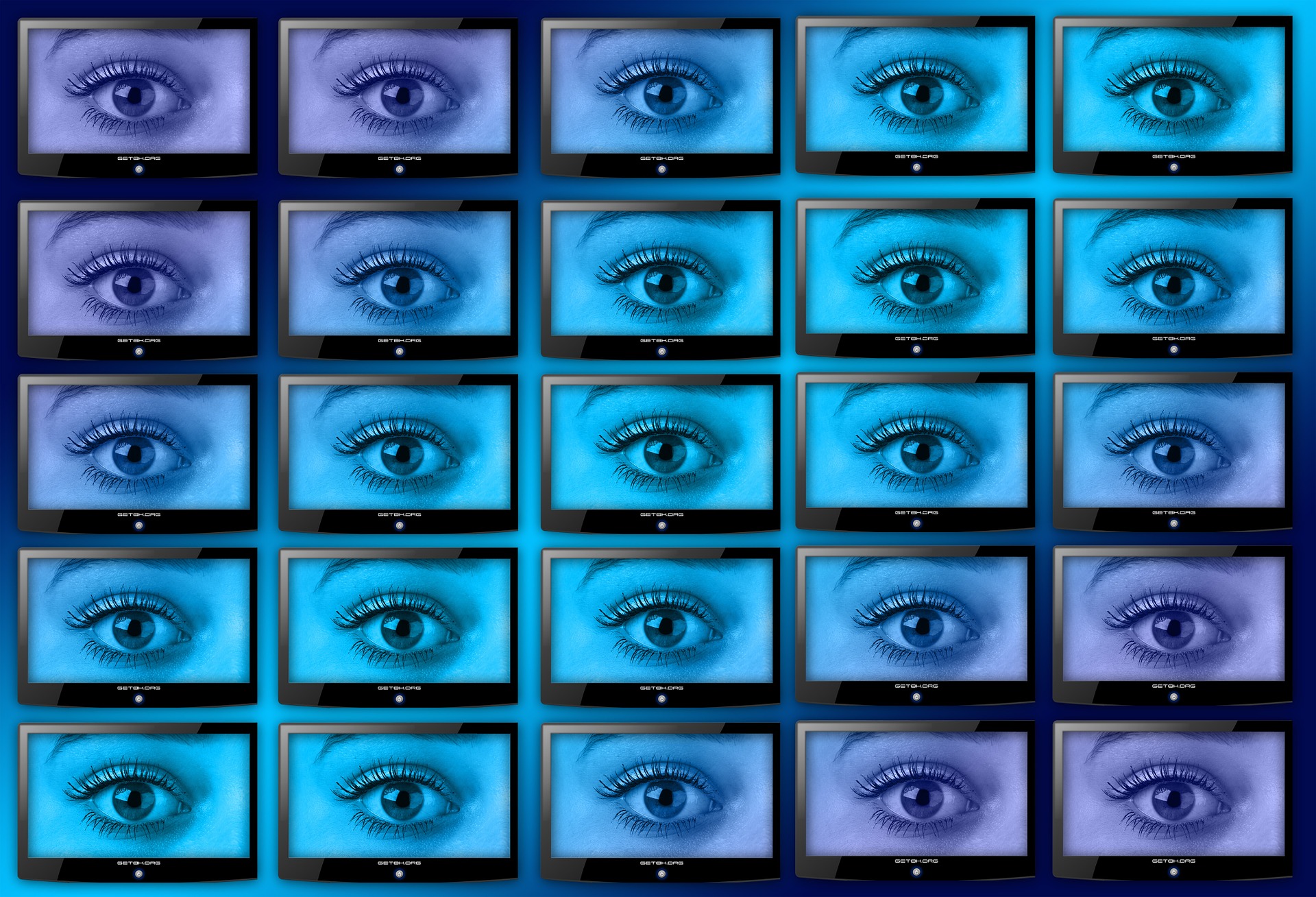
News, Special Education
Using Video Cameras in Classroom: Benefits and Cautions
We have seen a rise in the use of video cameras in classrooms, from administrators adding cameras throughout school buildings and premises to students bringing in and using recording devices such as their smartphones, computers, or tablets. Depending on what is being recorded, how it is being protected and shared, and the purpose of its use/viewing, cameras in the classroom can be seen as a good thing or a threat to the learning environment. Below is a brief look at the benefits and cautions of using video cameras in the classroom.To support appropriate student behaviors
Benefit: Allows students and teachers to review video to discuss appropriate behavior choices and classroom behaviors that need to improve/change. Caution: Adults should not solely rely on camera footage to view student behavior; teachers should maintain positive student-teacher interactions and practice appropriate proximity and monitoring of students in classrooms and common areas (hallways, cafeteria, etc.). Benefit: Allows professionals to collect data, create operational definitions of behaviors specific to individual students, and practice inter-rater reliability for functional behavior assessments (FBA) and behavior intervention plans (BIP). Caution: Data collection alone will not change student behavior. Teachers need to continue to teach expectations and student coping strategies. Benefit: Some schools are reporting a positive effect on reducing the incidents of bullying in schools where cameras are placed in hallways and other community areas. Districts are seeing a reduction in the number of complaints coming in from parents, teachers, and students.To improve teacher practice
Benefit: Teachers can review video of a lesson taught to evaluate for strengths of lesson and areas for improvement. Caution: Some school administrators have used security cameras to clock teachers' times arriving at and leaving school. This could be seen as a benefit (checking instructional time) or a violation of privacy.Privacy concerns
Benefit: If a parent is concerned about a privacy violation, such as a teacher talking about a student in front of (or with) a volunteer, that might be something captured on a video camera. Caution: Classrooms usually include more than one student. If a parent, student, or other adults watch video, they are seeing more than the “target student,” which can be a privacy violation. Caution: Privacy of students could be upheld or violated depending on who was given access to video recordings. Caution: When families experience divorce and/or custody battles, or when circumstances arise that put a student under protective custody, video or audio evidence of the student in that class could potentially put the student and/or family in danger. Caution must be taken.Protection of individuals
Benefit: Video cameras can add a layer of protection for teachers and students when supervision ratio is low (after-school rehearsals, practices, early morning tutoring, etc.) or when the risk of student claims of abuse is high. Benefit: With instruction and student/teacher behaviors being recorded, it is easy to check to see what “actually” happened. Parents do not have to rely on what students report. This is particularly helpful when students are unable to communicate to families if or when they have been mistreated. Multiple cases of mistreatment of students with significant disabilities and little or no verbal communication have been identified through covert recording by the family. In Alabama, a teacher’s aide and a teacher were placed on leave after a recorder on the bottom of the child’s wheelchair caught the adults making derogatory statements to the student. A South Carolina teacher was placed on leave when a school camera caught her knocking down a preschool student with disabilities. Caution: It’s possible that video can sometimes “look” worse than the actual event, depending on the angle/distance/obstruction of the camera and if sound is available or not. For example, video does not capture force or pressure sometimes used when one person touches another. However, the clear benefit of video is that it can be used to protect teachers and students.Decrease in acting out/inappropriate behaviors
Benefit: Video cameras can “catch” both appropriate and inappropriate behaviors. For example, some schools keep cameras in outside areas and at the entrances and exits to the schools where misbehavior is often reported. There is a focus for some schools on not putting cameras where privacy is generally expected, such as bathrooms or nurses’ offices. Caution: There are often pockets/corners of rooms/halls that are not covered by cameras, and behaviors can still occur in those locations.Additional Resources
While there can be benefits to having video cameras in classroom spaces, it’s not always so clear-cut. Caution must be taken to ensure teacher and student privacy are maintained and that video footage is used for appropriate purposes. To learn more about the issues surrounding using videos in the classroom, check out these articles:- "Cameras in the Classroom: A Good Idea?" by the National Education Policy Center
- "Video Cameras" from the US Department of Justice
- "A Video Camera in Every Classroom" from the Huffington Post
- "CCTV in the Classroom: Pros and Cons" from whatawaygook
- "Pros and Cons of Surveillance Cameras in Schools" from Classrom
- "Surveillance Cameras Gain Ground in Schools" from Education Week
- "Security Cameras in School: Protective or Invasive?" from NPR
- "Privacy vs. Security" from Scholastic
- "Recording Catches Teachers Mistreating Special Needs Student" from ABC News



